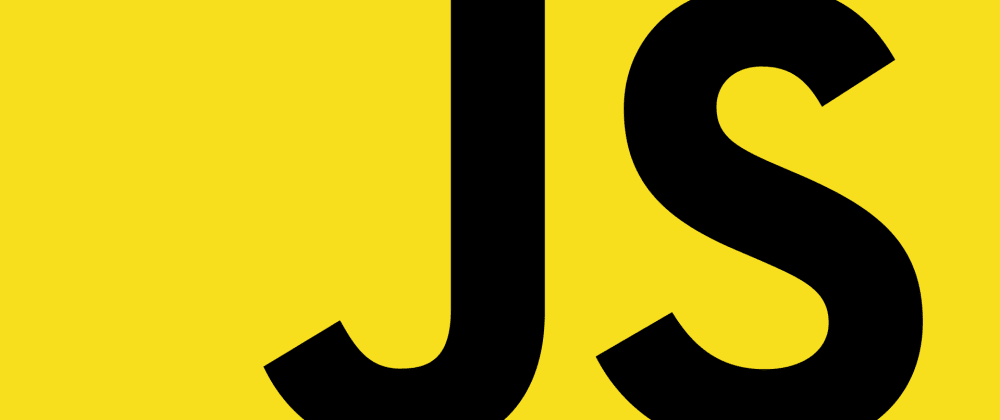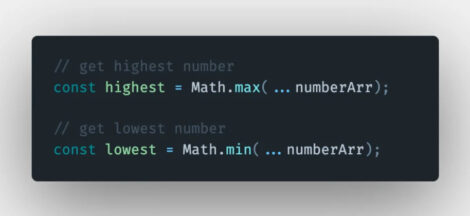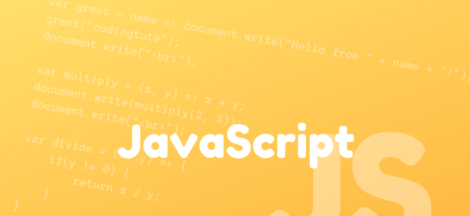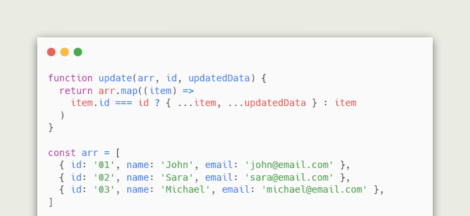This part of the tutorial is about core JavaScript, the language itself.
But we need a working environment to run our scripts and, since this book is online, the browser is a good choice. We’ll keep the amount of browser-specific commands (like alert) to a minimum so that you don’t spend time on them if you plan to concentrate on another environment (like Node.js).
So first, let’s see how we attach a script to a webpage. For server-side environments (like Node.js), you can execute the script with a command like "node my.js".
The “script” tag
JavaScript programs can be inserted almost anywhere into an HTML document using the <script> tag.
For instance:
<!DOCTYPE HTML>
<html>
<body>
<p>Before the script...</p>
<script>
alert( 'Hello, world!' );
</script>
<p>...After the script.</p>
</body>
</html>You can run the example by clicking the “Execute Code” button in the right-top corner of the box above.
The <script> tag contains JavaScript code which is automatically executed when the browser processes the tag.
Modern markup
The <script> tag has a few attributes that are rarely used nowadays but can still be found in old code:The type attribute: <script type=…>
The old HTML standard, HTML4, required a script to have a type. Usually it was type="text/javascript". It’s not required anymore. Also, the modern HTML standard totally changed the meaning of this attribute. Now, it can be used for JavaScript modules. But that’s an advanced topic, we’ll talk about modules in another part of the tutorial.The language attribute: <script language=…>
This attribute was meant to show the language of the script. This attribute no longer makes sense because JavaScript is the default language. There is no need to use it.Comments before and after scripts.
In really ancient books and guides, you may find comments inside <script> tags, like this:
<script type="text/javascript"><!--
...
//--></script>This trick isn’t used in modern JavaScript. These comments hide JavaScript code from old browsers that didn’t know how to process the <script> tag. Since browsers released in the last 15 years don’t have this issue, this kind of comment can help you identify really old code.
External scripts
If we have a lot of JavaScript code, we can put it into a separate file.
Script files are attached to HTML with the src attribute:
<script src="/path/to/script.js"></script>Here, /path/to/script.js is an absolute path to the script from the site root. One can also provide a relative path from the current page. For instance, src="script.js" would mean a file "script.js" in the current folder.
We can give a full URL as well. For instance:
<script src="https://cdnjs.cloudflare.com/ajax/libs/lodash.js/4.17.11/lodash.js"></script>To attach several scripts, use multiple tags:
<script src="/js/script1.js"></script>
<script src="/js/script2.js"></script>
…If src is set, the script content is ignored.
A single <script> tag can’t have both the src attribute and code inside.
This won’t work
<script src="file.js"> alert(1); // the content is ignored, because src is set </script>
We must choose either an external <script src="…"> or a regular <script> with code.
The example above can be split into two scripts to work:
<script src="file.js"></script> <script> alert(1); </script>
Summary
- We can use a
<script>tag to add JavaScript code to a page. - The
typeandlanguageattributes are not required. - A script in an external file can be inserted with
<script src="path/to/script.js"></script>.
There is much more to learn about browser scripts and their interaction with the webpage. But let’s keep in mind that this part of the tutorial is devoted to the JavaScript language, so we shouldn’t distract ourselves with browser-specific implementations of it. We’ll be using the browser as a way to run JavaScript, which is very convenient for online reading, but only one of many.





 Code Structure
Code Structure